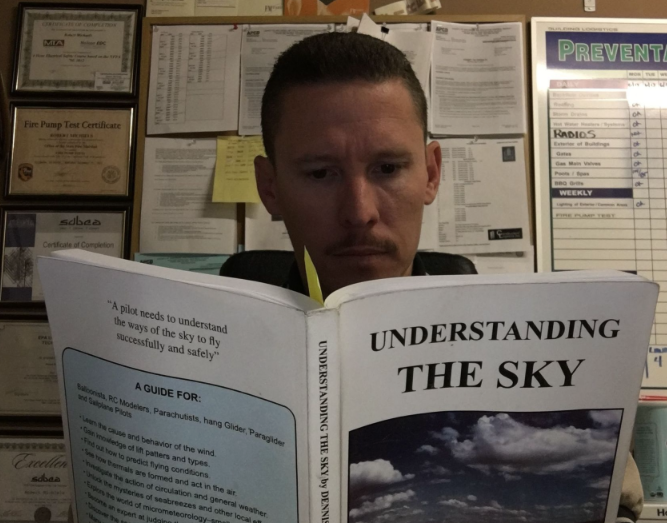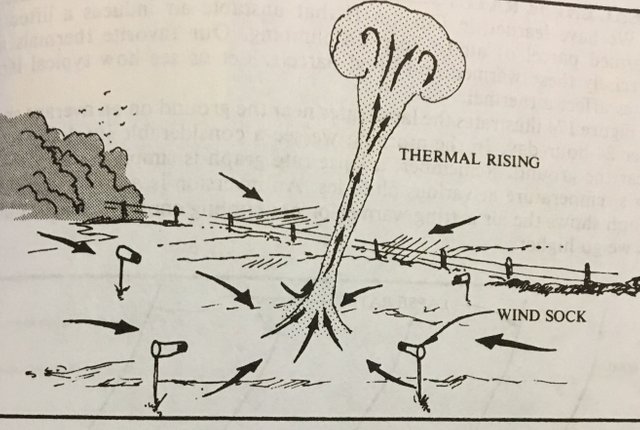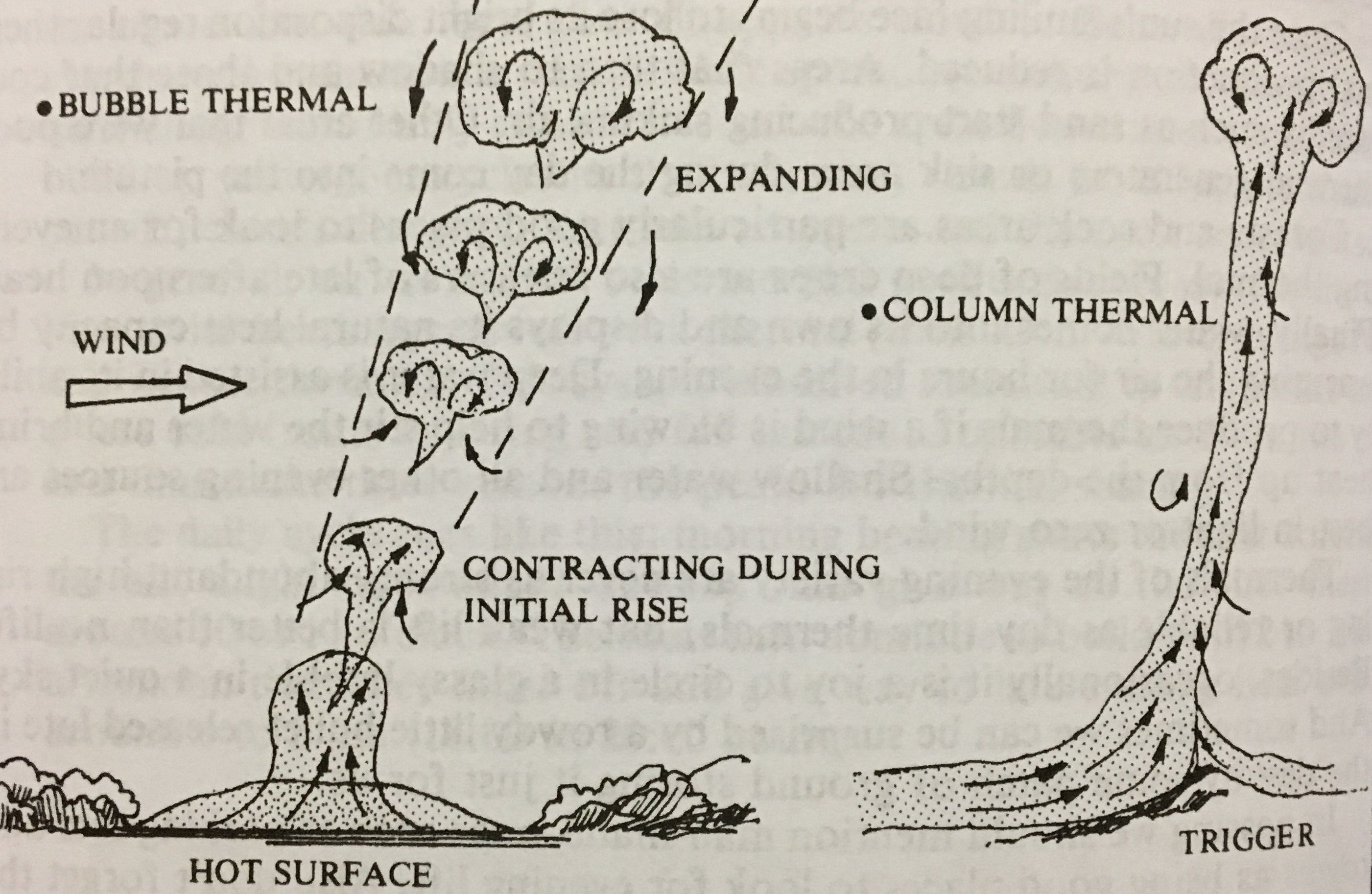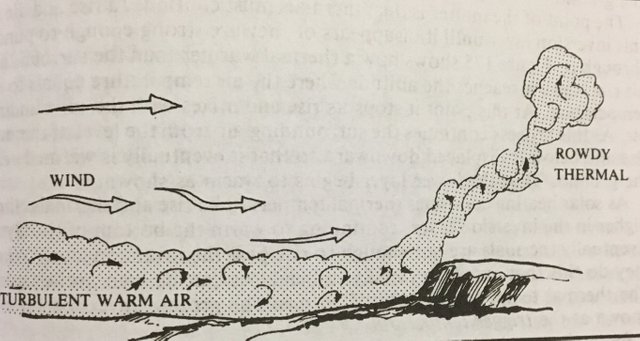Paragliding Tips and Tricks #3
In a effort to pump up the hashtag #paragliding, and to give inspiration to new pilots, I will start posting little things that I am learning along the way.

This weekend was a slow weekend. My wife was not feeling good, so I had to watch the kids, and I couldn't fly. I did however, get called into work and made little video of my motorcycle ride into down town San Diego.
- Ok Let get into the Lesson!
Thursday after work, I experienced a HARD landing, short of the landing zone (LZ). I will put a link to that video at the bottom of the page. I believe that what I am going to show you here contributed to that unexpected event.

Take a close look at the wind socks in this illustration Above. The thermal lift is ROUDY at the base. It is strong enough to give the impression that the wind direction is different just a few hundred yards away.
I know that when I came into land, there was quite a bit of lift coming up out of the the LZ because I watched another pilot come in for a landing. @paleotreats

The "Understanding the sky" book by Dennis Pagen gives us these great illustrations.
When there is a decent amount of wind, the wind becomes a trigger to release the energy that is building up into a thermal at low levels. When I came into land, there was a little gust of wind, and a big blast of lift right at the last second.
It didn't help that I tried to ride out the low altitude to make the LZ, (I almost had a frontal). Nevertheless, this all added up to a hard landing, and some embarrassment at the glider port.

Here is a quote from Dennis Pagen:
In general, thermals tend to be more turbulent close to the ground until they become more uniform up higher. However, thermals often rise into inversion layers that break up the thermal or contain shear turbulence. In windy conditions thermals may be so broken up that there exists a layer of mixed and turbulent heated air near the surface. This air may send off turbulent thermals at trigger points which will continue up as rowdy lift.
So what did we learn?
If you are a new pilot, Its a good idea not to fly when there is potential for turbulent air at the LZ. Another pilot lambasted me on YouToob because he was convinced that I launched too early. That up for question.
Its also a great idea to watch other pilots before you fly. The best indicators for how good or how spicy the air will be is a test dummy. Sorry @paleotreats.
Its going to take some time, but learn what your wing is saying to you in the air without looking at it. I could have had a softer landing if I would have known how to speak winglish.



Behave, Rowdy Thermal!
Seriously! lol
Yo Robert! The guy on Youtube asked if you had a copy of that Meier's paragliding manual; I have one I can lend you. :)
NICE! I still have to finish reading this book a fine friend of mine gave me to read a few months back. #slowreader
Word. My PG library is always available for you. :)
Thanks my friend!